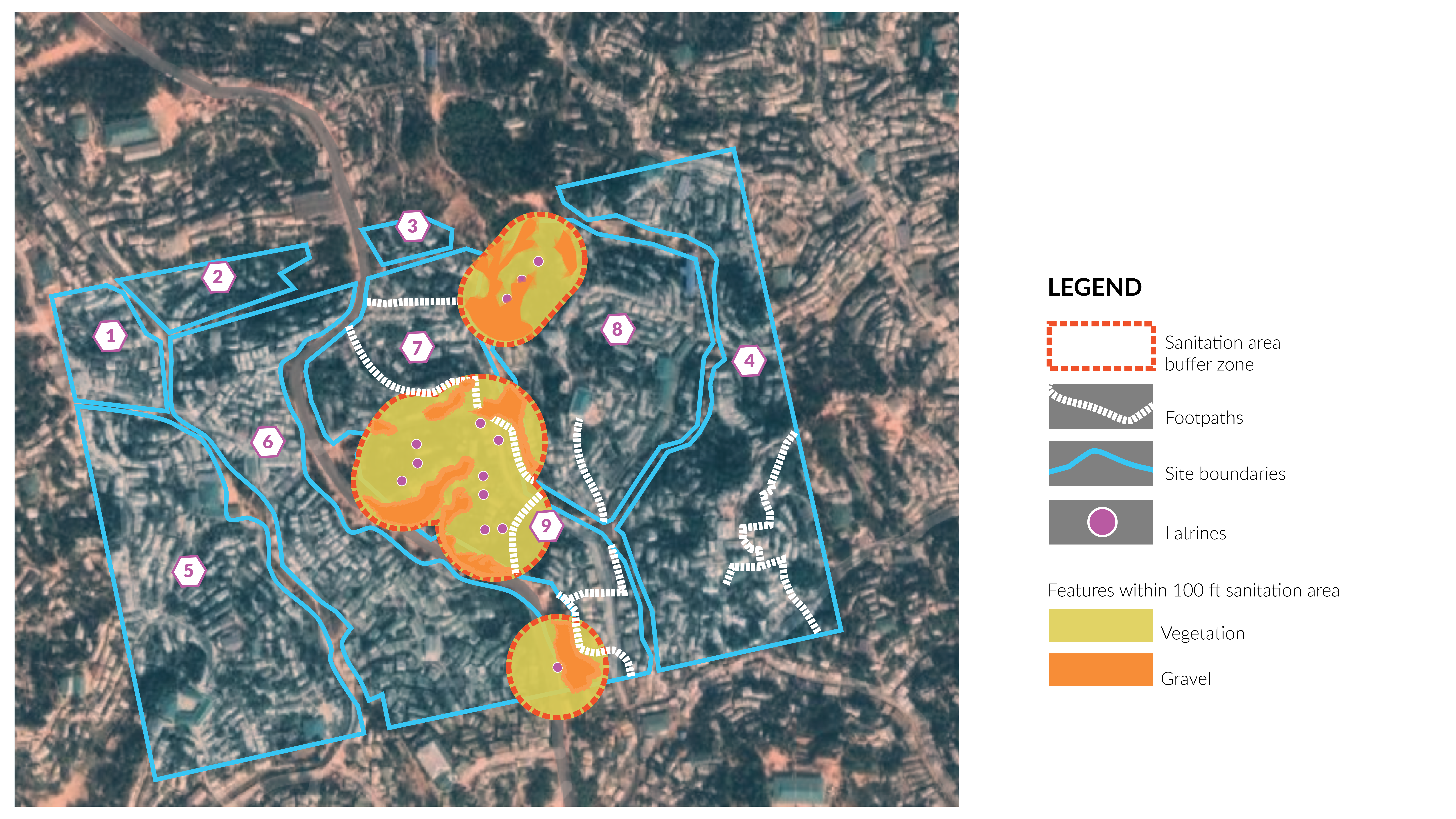
Pit Linings - One Problem Multiple Solutions
In 2017, Rohingyan refugees fled their homes to escape security forces, resulting in hundreds of thousands of refugees crossing the border toward refugee camps in Bangladesh. With the influx, the camp population in Teknaf exploded, growing from 200,000 to 500,000 within weeks. Latrines were quickly installed to handle sanitation needs. Several years later, however, a drone study of the area revealed a number of inadequacies in the sanitation system. It quickly became evident that new latrines are needed. With time and knowledge on your side, you are in a position to build latrines with pits that can be emptied and are less likely to collapse due to soil conditions.
Take this lesson to learn how to select an appropriate pit lining for different scenarios. It will take about 10 minutes to complete the lesson.
Pit Linings - One Problem Multiple Solutions
In 2017, Rohingyan refugees fled their homes to escape security forces, resulting in hundreds of thousands of refugees crossing the border toward refugee camps in Bangladesh. With the influx, the camp population in Teknaf exploded, growing from 200,000 to 500,000 within weeks. Latrines were quickly installed to handle sanitation needs. Several years later, however, a drone study of the area revealed a number of inadequacies in the sanitation system. It quickly became evident that new latrines are needed. With time and knowledge on your side, you are in a position to build latrines with pits that can be emptied and are less likely to collapse due to soil conditions.
Take this lesson to learn how to select an appropriate pit lining for different scenarios. It will take about 10 minutes to complete the lesson.
Select a language
Duration
10 min
Need help?
Can’t find what you need? Have more questions about a topic? Need advice on how to use a resource? Chat with a CAWST advisor.
Contact usAbout CAWST
CAWST is a Canadian charity and licensed engineering firm. We address the global need for safe drinking water and sanitation by building local knowledge and skills on household solutions people can implement themselves.